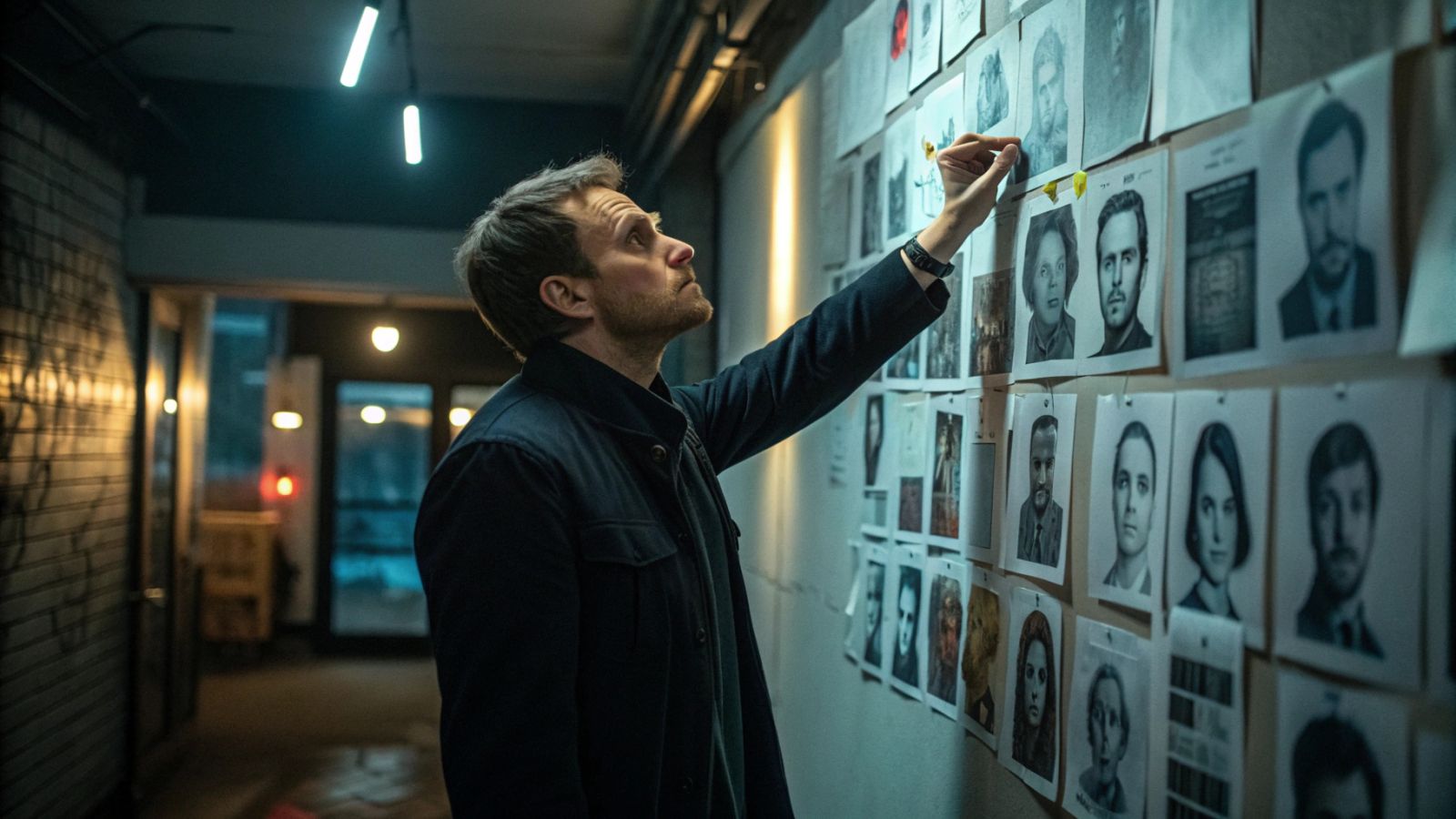👁️ Supernatural abilities? Here's the secret of super-recognizers!
Published by Cédric,
Article author: Cédric DEPOND
Source: Proceedings of the Royal Society B: Biological Sciences
Other Languages: FR, DE, ES, PT
Article author: Cédric DEPOND
Source: Proceedings of the Royal Society B: Biological Sciences
Other Languages: FR, DE, ES, PT
Follow us on Google News (click on ☆)
Scientific research is gradually lifting the veil on the cognitive mechanisms underlying this exceptional talent. A recent study, conducted by scientists at the University of New South Wales, provides decisive insight by combining eye-tracking technology and artificial intelligence.

The objective was to understand not what the brain of these super-recognizers retains, but how their eyes select, from the first contact, the most relevant data. This approach reveals that the superiority of super-recognizers begins long before brain processing, at the very stage of visual information collection.
The demonstration through artificial intelligence
The research team recruited 37 super-recognizers and 68 people with ordinary abilities. Each participant observed photographs of faces while a device recorded the trajectory and duration of their eye fixations. This method made it possible to accurately reconstruct the facial areas actually scrutinized by each group. The scientists were thus able to isolate the pure visual information captured by the participants' eyes, independent of its interpretation by the brain.
To assess the objective value of this data, the researchers fed it into nine artificial neural networks specialized in facial recognition. These artificial intelligence systems, previously trained on massive databases, were then subjected to an identification exercise. Their task was to determine whether two photographs represented the same person, based solely on the visual sequences generated from the human participants' gazes.
The results, published in the Proceedings of the Royal Society B: Biological Sciences, were unequivocal. The neural networks fed with the eye-tracking data from super-recognizers systematically outperformed those using data from the standard group. The performance of the artificial intelligence directly reflected the quality of the human gaze it inherited. This experiment validated the hypothesis that the visual sequence of super-recognizers is inherently richer in identity clues.

Super-recognizers exploit higher computational values in retinal information during a face learning task. Examples of composite images for each projection size and each type of information sampling are presented in the top panel. The bottom panel illustrates identity matching accuracy (AUC scores) for nine deep neural networks (DNNs). For six projection sizes, matching accuracy was higher with information sampled by super-recognizers compared to that sampled by typical users or generated randomly.
The advantage of super-recognizers persisted even when the total amount of visual information was artificially equalized between the two groups. This discovery indicates that their talent does not come from a more exhaustive exploration of the face, but from a more judicious sampling. Each fixation of their gaze seems to target points offering superior informational yield for distinguishing between individuals.
A natural visual optimization
Contrary to popular belief, super-recognizers do not necessarily focus on a single universal feature, such as the eyes. Their gaze patterns are actually more dynamic and adaptive. They scan the face more extensively, seemingly evaluating in real time the most salient and distinctive features for each individual. This flexibility allows them to extract the unique "signature" of each person.
This skill appears deeply rooted and largely independent of learning. Studies suggest a strong genetic and hereditary component to this ability. It is not a mnemonic trick that can be learned, but an automatic and unconscious process. Their visual system is naturally calibrated to maximize the acquisition of the most useful data, without deliberate effort.
Their way of seeing evokes the principle of caricature. A caricaturist exaggerates the most specific features of a face, making it paradoxically more recognizable. Super-recognizers accomplish a similar operation at the level of their visual perception. They naturally give greater weight to the most distinctive elements, thus building a mental representation where identity is heightened. This optimization of the initial perception lays the foundation for much more reliable subsequent recognition.